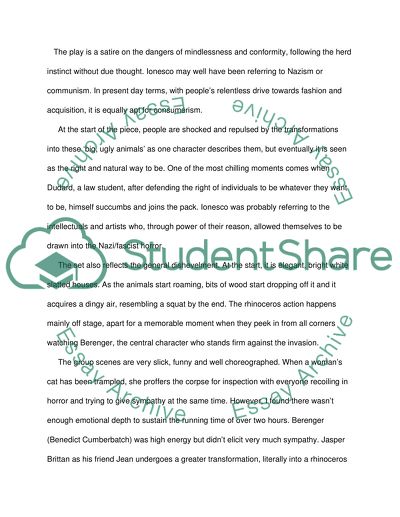Cite this document
(“Semiotic Analysis Rhinoceros Book Report/Review”, n.d.)
Retrieved from https://studentshare.org/miscellaneous/1519435-semiotic-analysis-rhinoceros
Retrieved from https://studentshare.org/miscellaneous/1519435-semiotic-analysis-rhinoceros
(Semiotic Analysis Rhinoceros Book Report/Review)
https://studentshare.org/miscellaneous/1519435-semiotic-analysis-rhinoceros.
https://studentshare.org/miscellaneous/1519435-semiotic-analysis-rhinoceros.
“Semiotic Analysis Rhinoceros Book Report/Review”, n.d. https://studentshare.org/miscellaneous/1519435-semiotic-analysis-rhinoceros.


